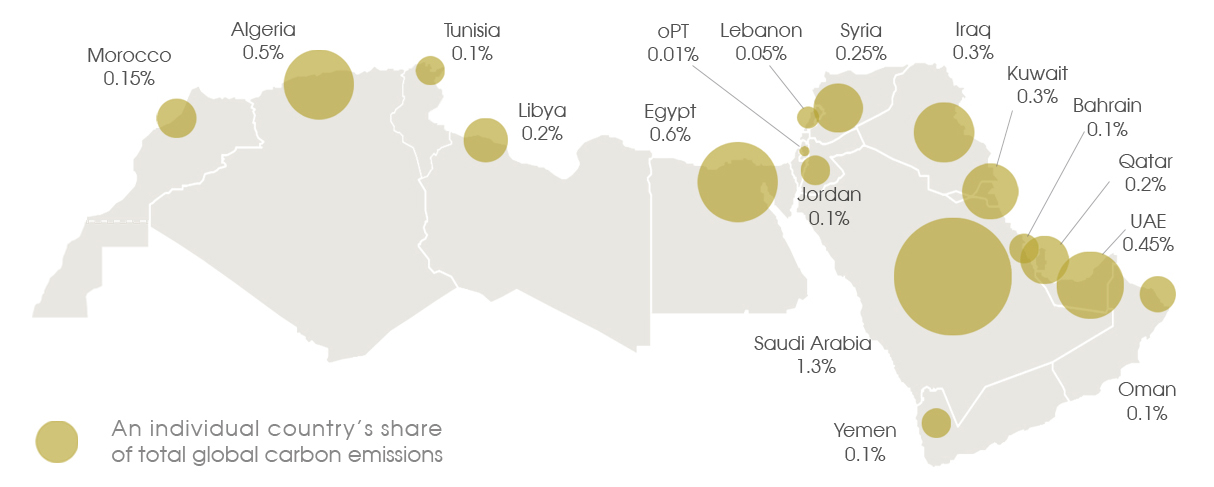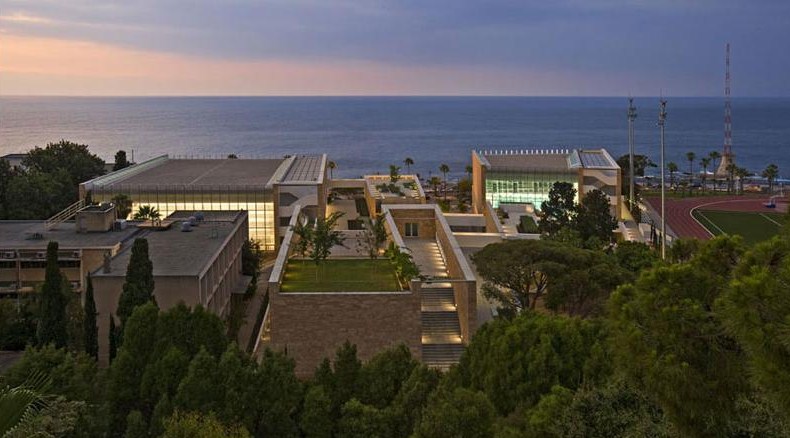|
|

Guy El Khoury
From Electricity Concessions to National Grid
1885 is generally considered as the birth year of the electricity network in Lebanon. It is the year where the first concession for a network of gas lighting was established in Beirut when the city was still under Ottoman rule. Over the following decades, the development of the electricity infrastructure across the country was carried out by similar independent regional concessions.
Although the electricity network progressively expanded to cover major cities of the country, this scheme of infrastructure development failed to benefit all citizens and regions equally. Industrial development for example was only concentrated in areas where concessions provided reliable supply (Beirut suburbs and Chekka in the North).
It is only in the early 1960s that the improvement of access to electricity became a government priority. In fact, electrification was a key pillar of nation-building efforts spearheaded by president Fouad Chehab (1958 – 1964), who saw extending the electricity network to the entire Lebanese territory and unifying tariff schemes across the country as a guarantee for reliable and equal access to electricity for all citizens.
Continue reading The Power Sector in Lebanon

Karim Elgendy
Following on Carboun’s recent article discussing the two trends of energy and carbon emissions in the Arab World. Carboun has recently released a visual guide to energy and emissions with the goal of explaining the fundamentals of energy use in the region and how it relates to carbon emissions, economic development, climate change, and renewable energy. The guide, which was researched and designed by Karim Elgendy, was based on raw data provided by the World Bank and the World Resources Institute. It aims to explain the regional trends in local details but within the global context. Copyrights for all infographics are reserved for Carboun. No reproduction or republishing of any infographic or part thereof without prior written consent from Carboun.
Continue reading A Visual Guide to Energy and Emissions in the Middle East
Karim Elgendy
Discussions on the environment in the Arab World have traditionally been limited to the negative impact of region’s fossil fuel exports on climate change. In recents years, a more regional discourse has emerged that also addressed the region’s water scarcity, rapid urbanization, environmental degradation, and the expected impact of global climate change and sea level rise on its most vulnerable regions.
 Map showing emissions in countries of the arab world as percentage of global emissions. Copyrights: Carboun However, such discussions often overlooked the region’s own energy and ecological footprints and the impact of its own energy use on climate change. In the past , such disregard may have been justified by the fact that the region had not yet experienced the kind of economic development and prevalent consumerism that was common in most of the developed world. Such justification was supported by the region’s historically low rate of energy use and carbon emissions. In fact, the Arab world which constitutes 5% of the world’s population, emits just under 5% of global carbon emissions according to World Bank data, and except for Saudi Arabia, no single Arab country is responsible for more than 1% of global emissions. The energy use of an average Arab person is still below the world average and less than half that of an average european.
Continue reading Two Trends of Energy and Carbon Emissions in the Arab World
Karim Elgendy
In 2009, the American University in Beirut’s new student center was recognized as one of the American Institute of Architects’ Top Ten Green Buildings, the most prestigious profesional award for sustainability in the United States and one that is rarely awarded to international projects in the Middle East. The new student center is situated within the 73-acre campus of the American University in Beirut (AUB) and is named after Charles Hostler, the former US Ambassador and an AUB Alum. The student center is sited at the foot of a steep hill overlooking the Mediterranean sea and extends down to the Beirut Corniche, the capital’s grand waterfront boulevard (Image 1). The $30 million project was designed by the Minneapolis based VJAA together with the Lebanon based Samir Khairallah & Partners. The Stuttgart based Transsolar and the San Francisco based Hargreaves were part of the design team as environmental consultants, and Landscape designers, respectively.
 Image 1. View of Charles Hostler Student Center as seen from the Hill above. Copyrights: Paul Crosby Continue reading The American University in Beirut Combines Innovation and Traditional design
Karim Elgendy
Energy use in buildings accounts globally for nearly 40% of global energy consumption and 36% of total energy-related carbon dioxide emissions. These percentages are almost equally split in two halves between the industrialized countries and the rest of the world (Price et al., 2005).
Our buildings use energy in two ways; first, to keep our interior environment comfortable through cooling, ventilation, and heating our spaces; second, to power the appliances that we have come to depend on such as home appliances, lighting systems,computers, and other office equipments. To reduce this high percentage of energy use and the resultant carbon dioxide emissions, both sources of energy use in buildings must be addressed. The first energy use can be addressed by improving the building envelope’s efficiency in order to reduce the need to condition its spaces (cooling, heating, and ventilating). This method of conserving energy use includes a vast array of passive low energy design strategies that depend on the building’s environment and context. The second energy use can be addressed by improving the efficiency of appliances and equipment used inside buildings including improving the efficiency of lighting and dissemination of improved stoves for cooking in rural areas. Continue reading The State of Energy Efficiency Policies in Middle East Buildings
|
|




